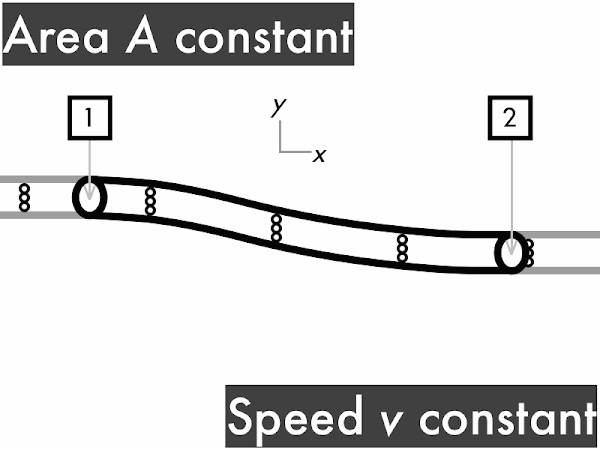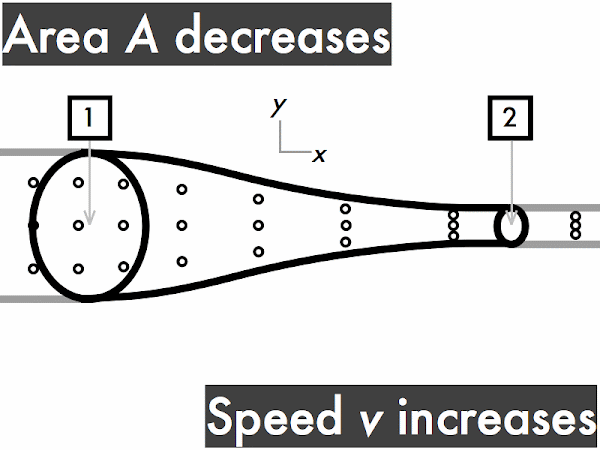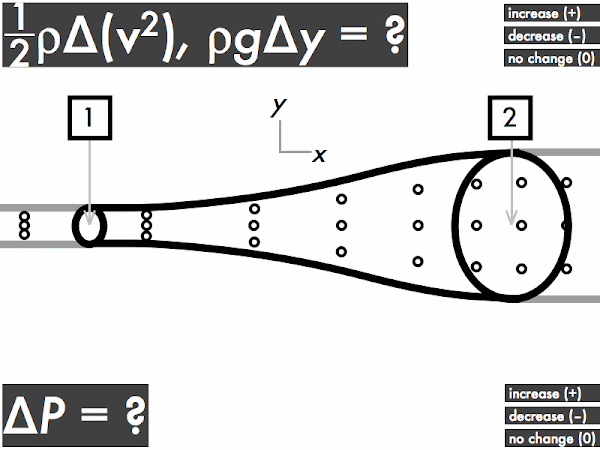Cuesta College, San Luis Obispo, CA
Students have a weekly online reading assignment (hosted by SurveyMonkey.com), where they answer questions based on reading their textbook, material covered in previous lectures, opinion questions, and/or asking (anonymous) questions or making (anonymous) comments. Full credit is given for completing the online reading assignment before next week's lecture, regardless if whether their answers are correct/incorrect. Selected results/questions/comments are addressed by the instructor at the start of the following lecture.
The following questions were asked on reading textbook chapters and previewing presentations on the evolution of medium-mass stars, massive stars, neutron stars and black holes.
Selected/edited responses are given below.
Describe something you found interesting from the assigned textbook reading or presentation preview, and explain why this was personally interesting for you.
"I thought it was interesting that a Hummer and a SmartCar could drive the same distance, even though their tank capacity and mpg were completely different. It’s weird to think someone thought a hummer with those characteristics was a good idea."
"When a medium-mass main sequence star goes through 90% of its total existence and its hydrogen is exhausted. After exhausting the hydrogen the star will evolve rapidly into a giant star; however the giant star is the first step towards the star's death and only has 10% of its existence left."
"What I found interesting was that stars will resort to different elements when dying out."
"That a massive star will implode and explode on itself while it is dying."
"Pulsars are neutron stars that are rotating. I always thought they were resonating."
"Black holes and pulsars are always an interesting thing to talk about. The pulsar lighthouse model has always been fascinating to me because while we don't exactly know what a black hole is, we know that a pulsar is what it was just before (in most cases) and the pulsar we can actually see, which means we can study it. This is by far one of the most extreme objects in the universe, and I think it would be just so cool to see one in person."
"Black holes, everything about them is interesting and complicated."
"How black holes can't be seen."
"I found it interesting that you can't really see black holes."
Describe something you found confusing from the assigned textbook reading or presentation preview, and explain why this was personally confusing for you.
"How a white dwarf is much larger than the two remnants of massive stars such as a neutron star or a black hole, but how can these two be much more massive than a white dwarf?"
"I found that medium-mass stars have a smaller life span than small mass stars confusing because I had previously thought that the bigger stars had longer lifespans."
"Why certain stars explode differently."
"Something that I found confusing was planetary nebulae. I am not really sure what it is or what it does."
"How a white dwarf can steal hydrogen from another star."

"The SmartCar gets better gas mileage but holds less gas while the Hummer holds more gas but gets less miles to the gallon."
"A Hummer H2 gets less than 10 miles a gallon, but can hold over 30 gallons of gas. A SmartCar ForTwo gets almost 40 miles a gallon but can only hold less than 9 gallons of gas. The balance of these two characteristics of each car makes the distance equal between them."
"The Hummer has a bigger gas tank but has a lower fuel efficiency. The SmartCar has a smaller gas tank but better fuel efficiency."
Match the end-of-life stage with the corresponding main-sequence star.
(Only correct responses shown.)
Black hole: massive main sequence star [73%]
Neutron star: massive main sequence star [54%]
White dwarf: medium-mass main-sequence star [62%]
(No stellar remnant observed yet): low-mass main-sequence star [54%]
Match the type of explosion (if possible) with the corresponding main-sequence star.
(Only correct responses shown.)
Type II supernova: massive main sequence star: [77%]
Type Ia supernova: medium-mass main-sequence star [84%]
Nova: medium-mass main-sequence star [31%]
Low-mass main-sequence star: (no explosion possible) [69%]
If you were to leap into a black hole, your friends would typically watch you falling in for __________ before you entered the event horizon.
seconds. * [1] hours. *** [3] days. ** [2] a year. [0] many years. **** [4] forever. ************** [14] (Unsure/guessing/lost/help!) ** [2]
The first rule of astronomy class is...
"Do the reading assignments?"
"Ask questions?"
"Learn?"
"Stay focused?"
"Show up to class and pay attention?"
"Keep, quit, start?"
"Tuck in your pants?"
"Don't let your friend jump in a black hole?"
"I feel like I should know this or remember it but I really can't think of it..."
"Don't talk about astronomy class."
Ask the instructor an anonymous question, or make a comment. Selected questions/comments may be discussed in class.
"What would happen if I took a basketball and threw it where a friend entered an event horizon? Would I see the basketball go through them? Distort their image?" (The basketball would "spaghettify" and stretch out into a long spiral of atoms that would slower and slower follow your friend's atoms as they approach closer and closer to the event horzion.)
"The space-time curvature is actually insane and I'm confused on the flatness discussed. Is everything on a plane?" (Not literally, but only in the sense of feeling the absence or presence of gravity.)
"I don't understand on how we can 'feel' black holes." (Even though light can't escape from a black hole, its gravity can be felt, even at respectively distance locations.)
"What do you recommend for staying motivated?"
"Do you love black holes?" (No, because black holes don't love you back.)
"How do we know how old the universe is?" (Because of the finite speed of light, we can use telescopes to actually see into the past--more on this after the second midterm.)
"What is the first rule of astronomy class?"
"What is the second rule of astronomy class?"
"Astronomy is cool."




















